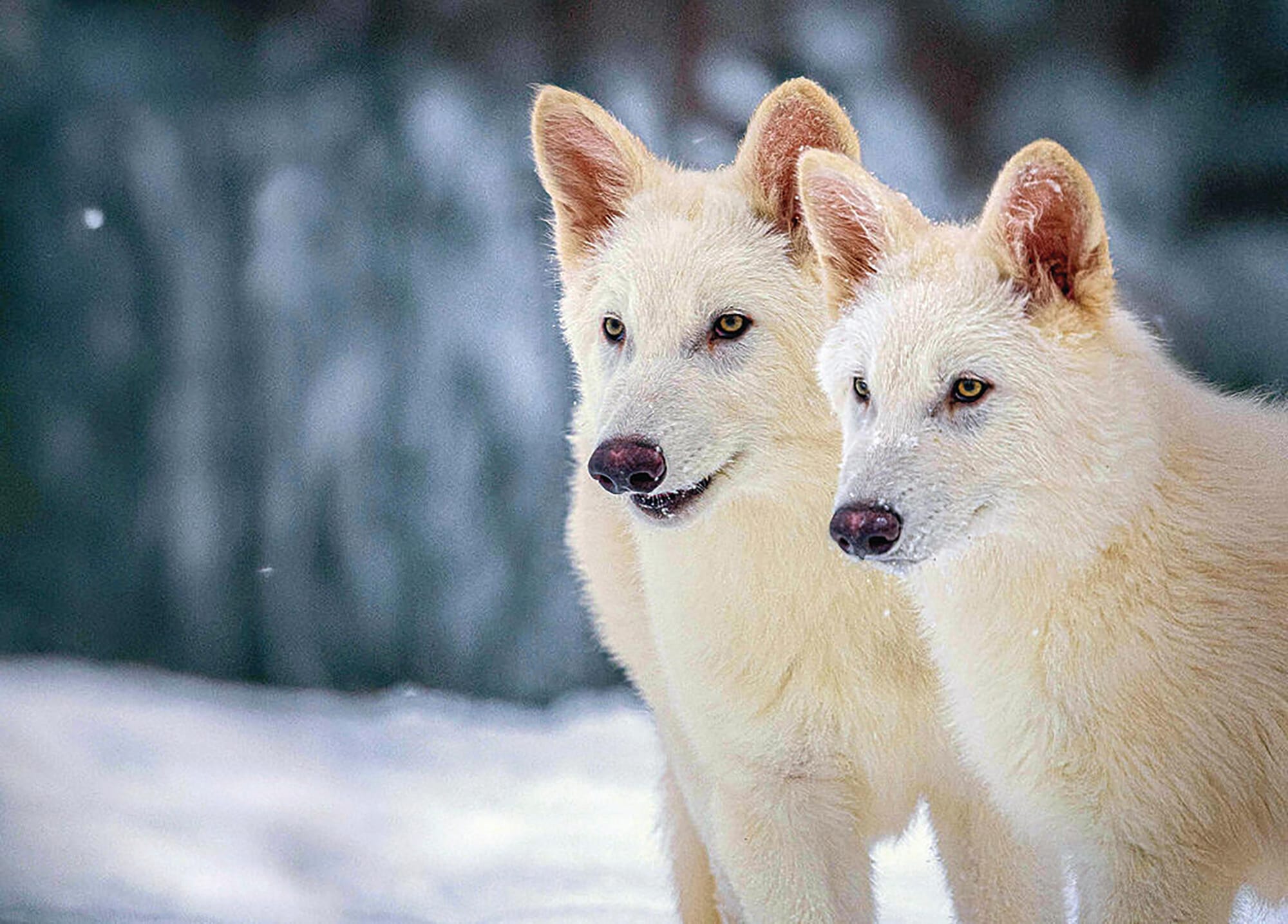Dire wolves, de-extinct?

Dire wolves were not a fictional species of wolf created for Game of Thrones. Dire wolves (Aencyon dirus) actually existed in the Americas and went extinct as recently as 10,000 years ago. Their remains show they were bigger and lighter in colour than the modern-day grey wolf (Canis lupis). Its extinction was probably due to a number of factors, most notably the extinction of mega-fauna species during the Quarternary extinction event. Recently an American biotech company, Colossal Biosciences, claimed to have brought it back; but did they really?
Dire wolves and grey wolves share about 99.5% of their DNA. (To put this in perspective humans and chimpanzees share 98.8% of their DNA). While half of a percent does not seem much it consists of thousands of genetic differences which represent the evolutionary paths taken since the wolves’ ancestral lines diverged more than five million years ago.
Colossal extracted DNA from two dire wolf fossils. They were able to identify fifteen key genes that highlighted the different traits of the dire wolf when compared with the grey wolf. Using CRSPR gene splicing technology they removed these genes, made twenty edits, and inserted them into grey wolf DNA. There was quite a high failure rate but eventually three pups were born.

This feat was met with a great deal of publicity and controversy. It was remarkable that an extinct species was apparently brought back into existence. While the mainstream media lauded the accomplishment, the scientific community was less impressed. The consensus was that the wolves were just modified grey wolves that looked like dire wolves and were genetically closer to the grey wolf than the dire wolf. Beth Shapiro, Colossal’s chief science officer summed it up: “[If] it looks like a dire wolf and acts like a dire wolf, I’m going to call it a dire wolf. And my colleagues who are taxonomists will disagree with me.”
Another issue raised was the resurrection of a species when the habitat it once lived in no longer exists. The Colossal ‘dire wolves’ are now in a 2,000-acre (800ha) enclosure at an undisclosed location in the US. It is not known how well they are surviving or if they are able to breed.
With Colossal aiming to bring back other extinct species, most notably the woolly mammoth, much more gene editing and splicing will need to be done to satisfy the scientific community that they have in fact resurrected a species. What is clear is that Colossal has taken a step towards achieving this goal. It would be nice to say that Colossal resurrected the dire wolf but in reality all they did was modify a grey wolf to look, and in some ways to behave, like a dire wolf.




